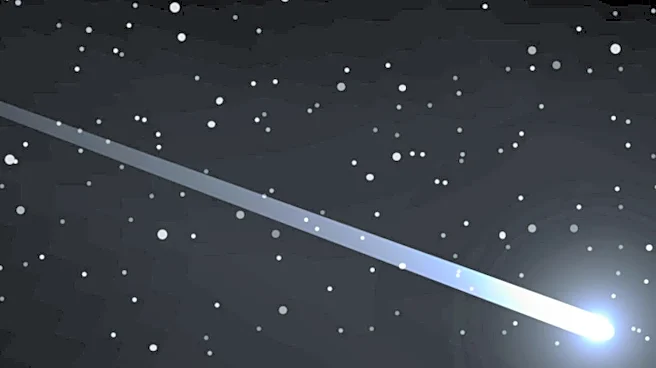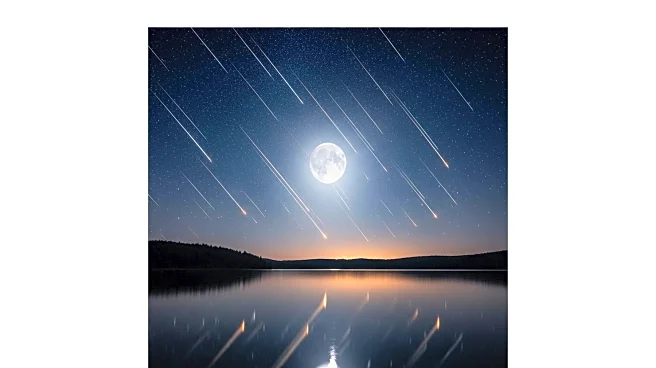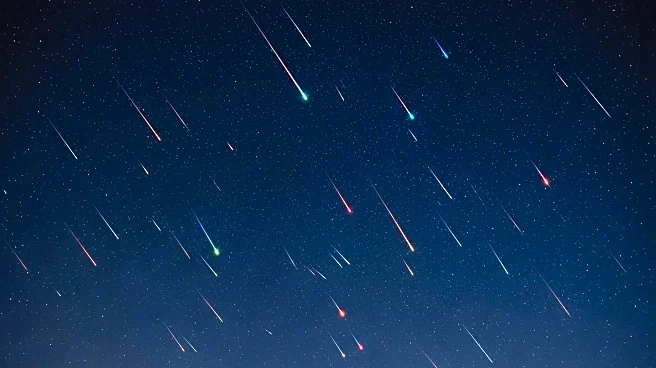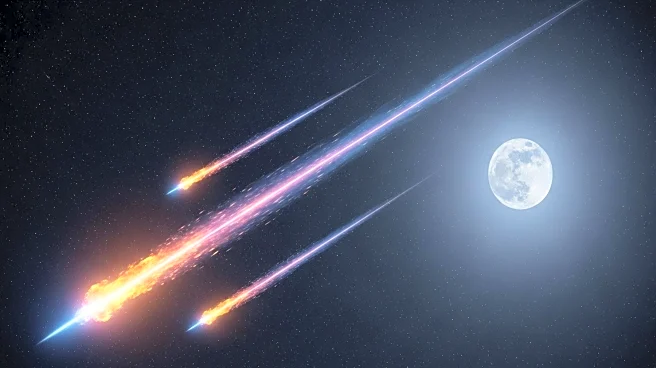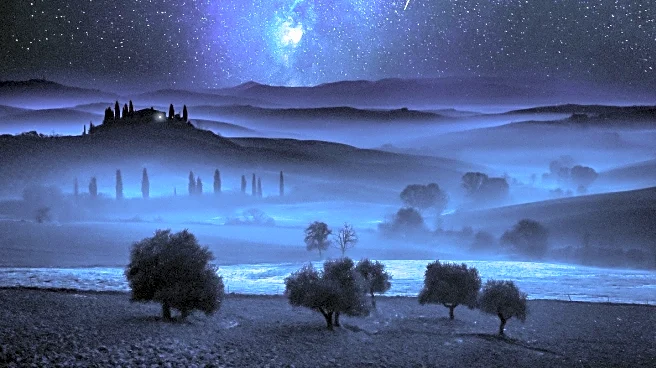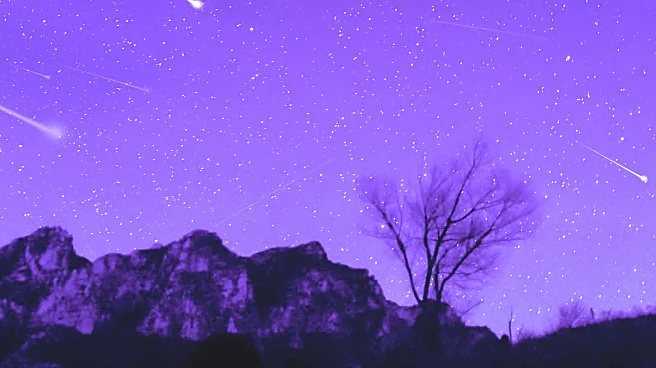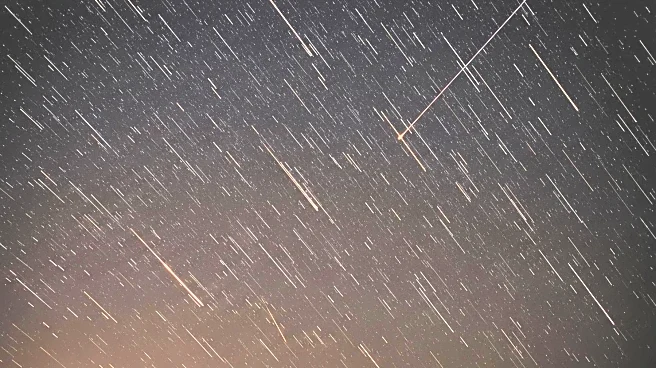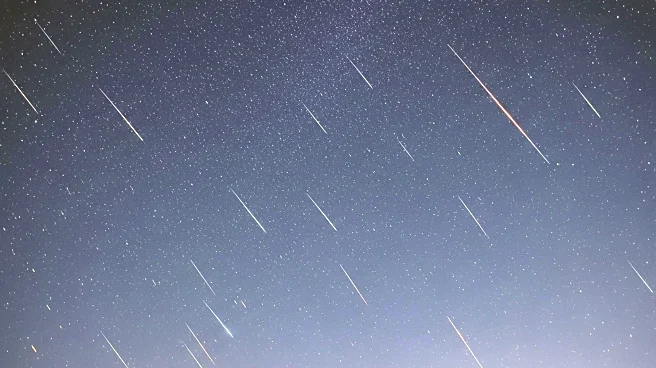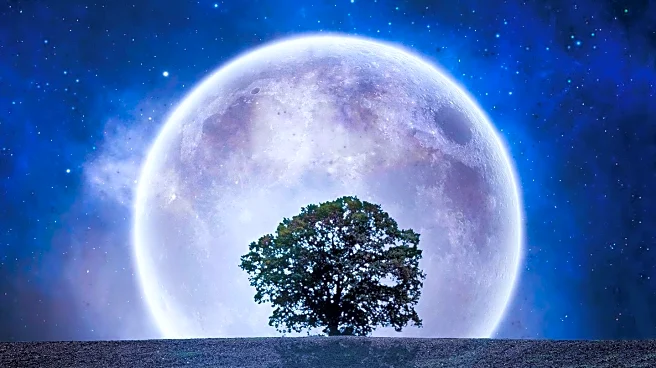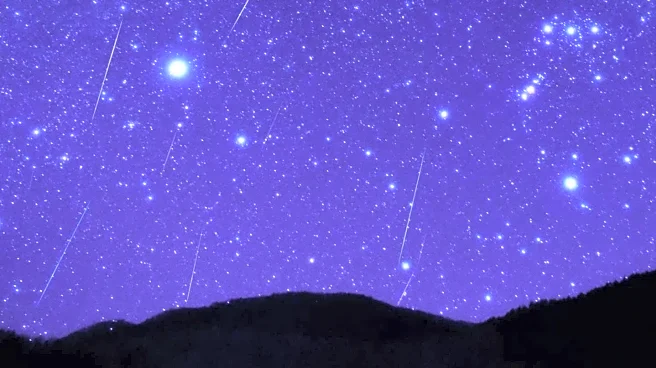What's Happening?
The Draconid meteor shower, resulting from Earth passing through the debris trail of comet 21P/Giacobini-Zinner, is set to peak this week. This periodic comet, discovered in 1900, leaves behind a trail of dust that Earth encounters annually. The shower is expected to peak on October 8, with the potential for a significant number of meteors due to the comet's recent perihelion in March. This year's event could see dozens or even hundreds of meteors per hour, a notable increase from the usual rate.
Why It's Important?
The Draconid meteor shower provides a rare opportunity for increased meteor activity due to the recent perihelion of its parent comet. This event highlights the dynamic nature of our solar system and the periodic interactions between Earth and cometary debris. For astronomers and enthusiasts, it offers a chance to study the composition and behavior of cometary materials. The potential for a high meteor count also makes it an exciting event for the public, fostering interest in space and science.
What's Next?
Observers are encouraged to find dark locations away from city lights to view the Draconids, with the best time being shortly after sunset. However, a near-full moon may hinder visibility, reducing the number of meteors seen. Despite this, the shower remains a worthwhile event for those in the Northern Hemisphere. Future observations will continue to monitor the comet's activity and its impact on meteor shower intensity.

